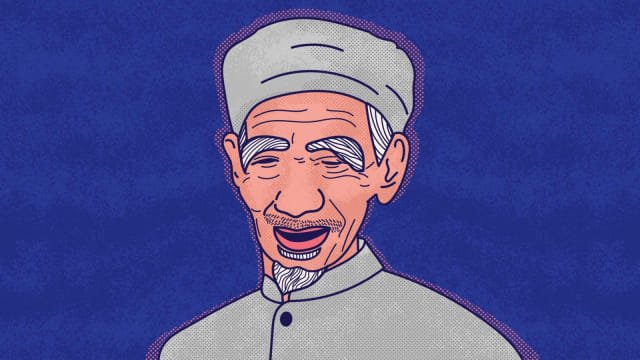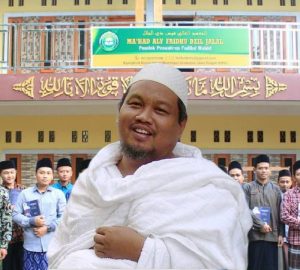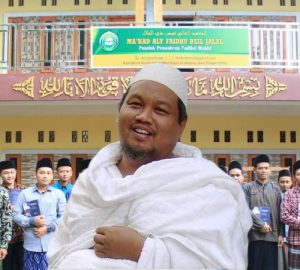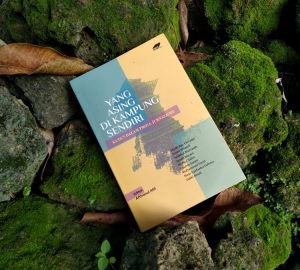In the middle of 2018, together with a group of administrators of Dawe MWC (branch representative assembly) NU in Kudus Regency, I had the opportunity to take part (ngalap berkah) to the KH. Maimoen Zubair of Sarang, Rembang.
After knowing what city we came from, his face looked happy. Between the conversations, Mbah Maimoen repeatedly said, “I am very happy to be visited by people from Kudus”.
Not only that, every time not more than ten minutes, he always called some santri in, “Son, get more dishes to serve”.
As people of Kudus, it made our hearts proud. It crossed my mind to wonder what makes Kudus city special’ in Mbah Maimoen’s memories?
He also told his admiration for Kudus. In fact, he perfected his admiration for Kudus by marrying a woman from Kudus. In his confession, Mbah Maimoen mentioned Kudus as the second city after his hometown, Rembang.
One of things that maked Kudus special in Mbah Maimoens heart is the uniqueness of their Kyai. In the past, these religious clerics had no pesantren where santri (student) can learn and stay. To study, santri can come and go according to their time and opportunity. Therefore, there is never a certain number of students who study religion (Islam). One time many santri came, but other times came almost none.
“The first pesantren to build in Kudus was initiated by Mbah Yasin Bareng (Jekulo),” he explained.
The life of Kyai having no pesantren he described as life in the time of the Prophet Muhammad sallallaahu alaihi wa sallam. To him, Kyai pesantren would be more protected from the pride of themselves’ and lied on number of students they had.
This is different with Kyai owning pesantren. “They will be tested for pride by saying this is my santri, so many and so on,” said Mbah Maimoen.
Furthermore, Mbah Maimoen emphasized that pesantren is worldly. “The proof is, after the death of the Kyai, pesantren is usually being fought over by their children like it was inheritance,” he added arguing.
In addition to scientific traditions, according to Mbah Maimoen, Kyai from Kudus is also unique in its attitude towards political situation. In 1955 elections, santry and Kyai altogether worked out to champion the victory of the NU Party in Kudus.
But when it was their turn to sit in the DPR seats, no Kyai could afford it. “And, because of that, DPR members representing Kudus were brought in from other cities, one of which was Kyai Maghfur Utsman Blora,” recalled Mbah Maimoen.
Mbah Maimoen also recalled his da’wah struggle in Kudus when he was young. He reminded of a mosque he had built in Jati sub-district, it was a PKI base area at that time.
Many Kyai were worried and prevented his desire, but he was determined to realize his dream of building a mosque. The mosque finally stood and is still firmly standing up to now.
However, there is one thing that has stalled in Mbah Maimoen’s heart at that time. In the Muria area, where there was a tomb of one of the Wali Songo, Raden Umar Said (Sunan Muria), he did not find a scientific root in that area, what he found was the emergence of dukun (shaman) phenomenon, especially in Rahtawu region.
This article is available in Indonesian





